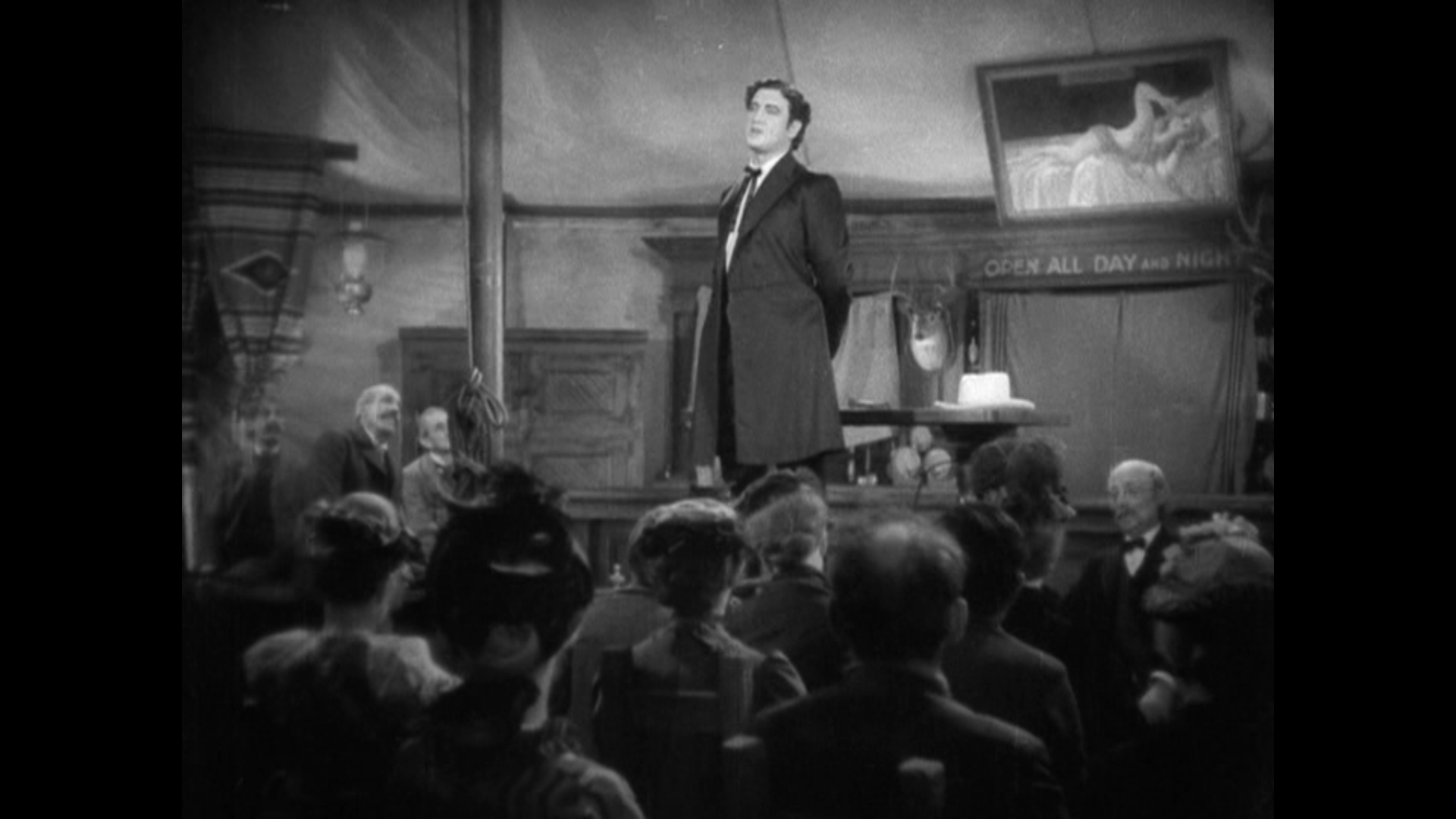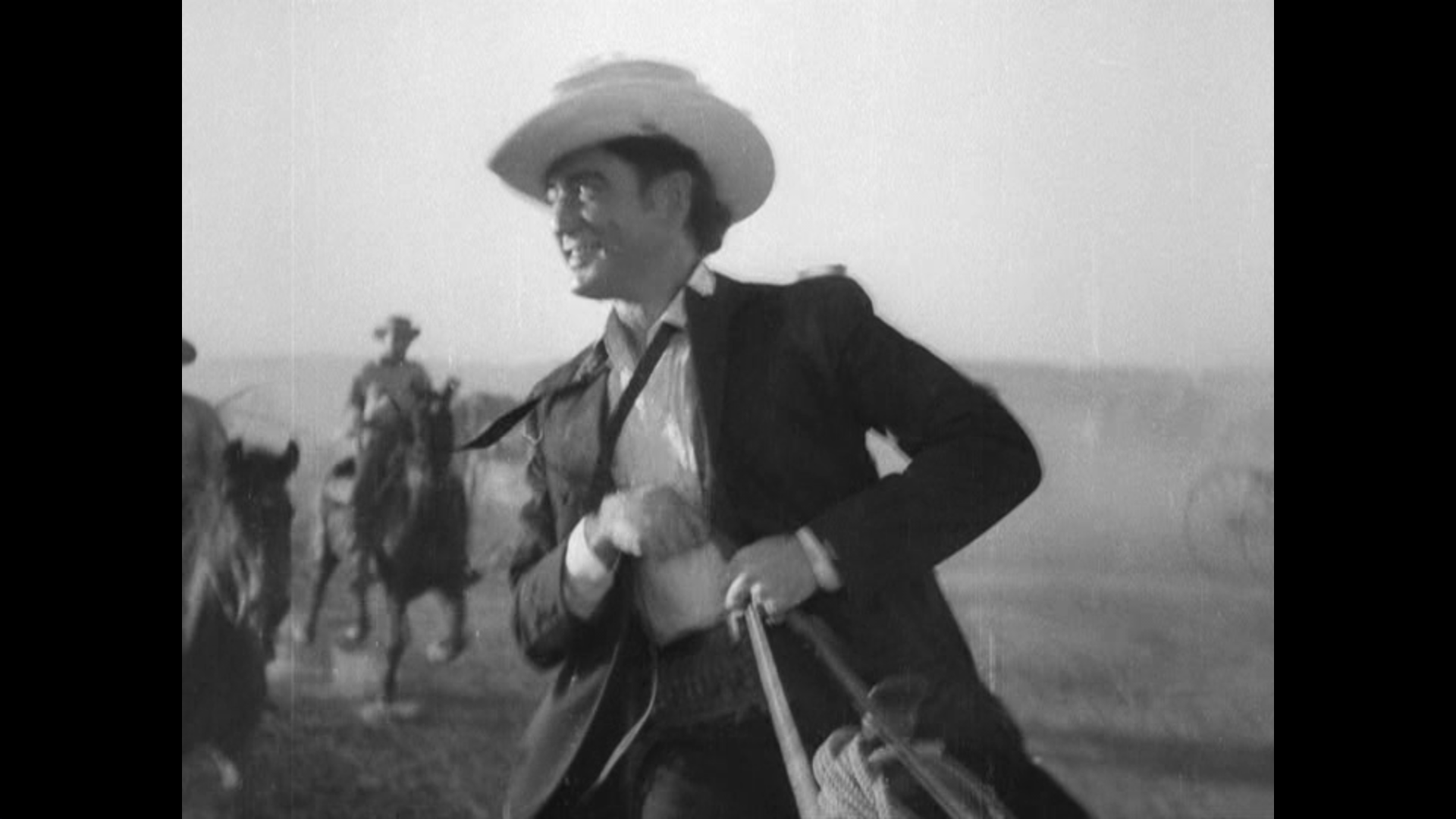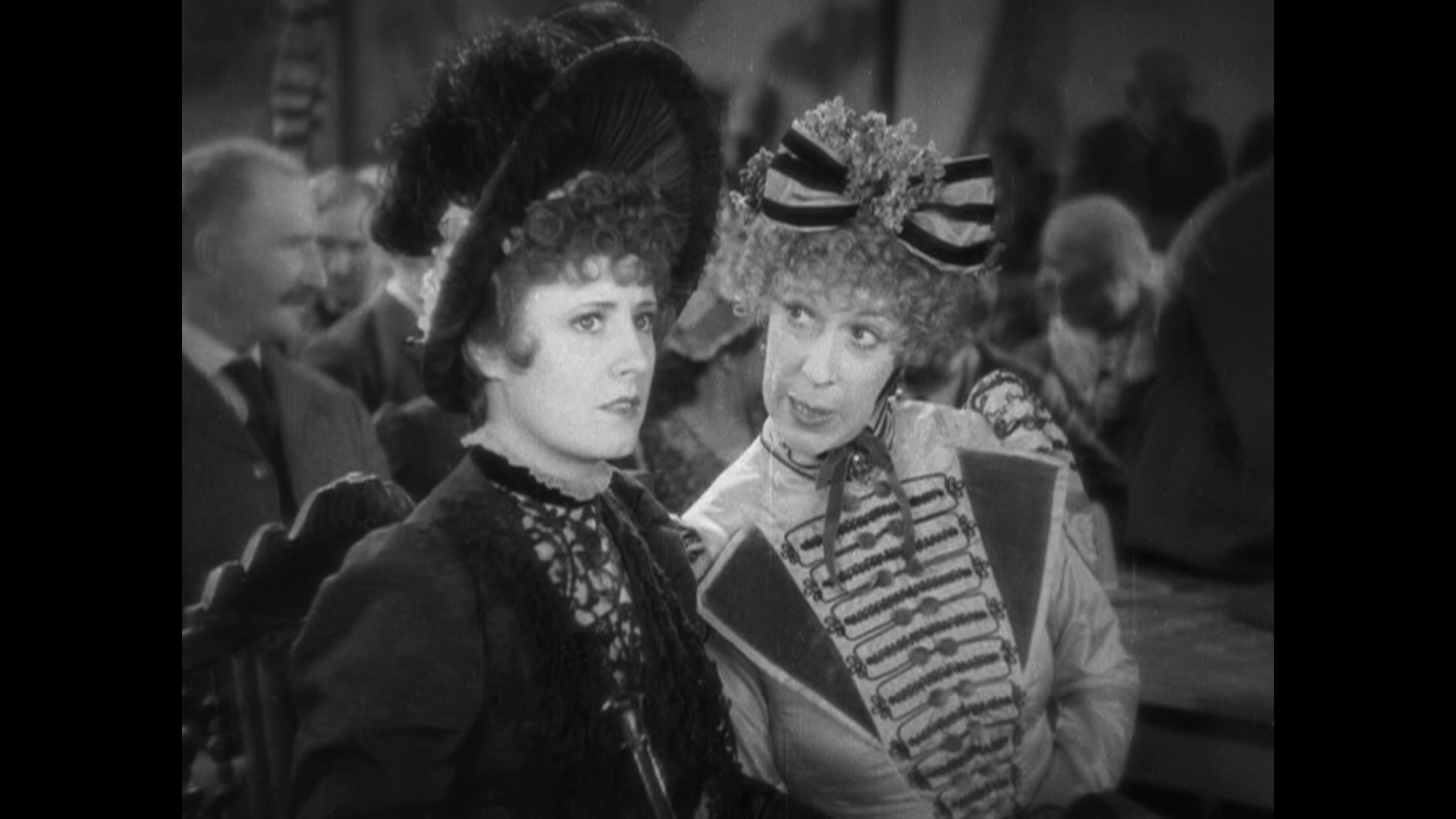During the 2017 holiday season, I got a great deal on the Best of Warner Bros. 100 Film Collection. Diane and I haven’t seen most of these movies, but we are committed to watching one a week and writing a short review.

Next on our list is 1931’s “Cimarron”. Featuring an incredible budget of $1.5 million dollars, “Cimarron” is the first true epic on our list. Spanning 40 years from the late 1800’s to early 1900’s, “Cimarron” follows a family as they move west to help settle the Oklahoma territory.

The family’s patriarch is Yancey Cravat, a white everyman whose resume throughout the movie includes being a settler, a lawyer, a newspaper editor, a lover of Shakespeare, a lover of the Bible, a minister, an adventurer, a soldier, a governor hopeful, and an absentee father. He was beloved by everyone, except the town bully who he shoots in church after sussing out that he was the one who murdered the town’s previous newspaperman. He’s also an incredible shot with a gun, even going as far as to notch a line for each man he has killed in his pistol’s handle (hint: it is more than one).
A movie before its time even as its two hour run time catches up to the then modern day, Yancey is unusually progressive. Diane and I were both happy to be out of New York for a change, but we still expected a pretty racist movie being that it is a Western (you know, the whole genre of film about white people “heroically” being racist). Not only is Yancey Cravat a friend to the Native Americans, but he is a friend to the town’s only Jew, he never talks down to his wife, he never beats his kids, he treats his black servant well, he defends a whore in court who no other lawyer would defend, he allows his only son to marry a Native American, he employs the handicapped, and he saves a bunch of presumably poor white people from an oil rig accident.

Yancey’s only real failure as a character is his inability to stay put. He walks out on his family for years to go on further adventures which happen offscreen and get next to no attention. On the one occasion, he does stay, he makes a bid for governor but it is implied he lost because before the election he wrote an editorial demanding Native Americans get equal rights, including voting rights, and that the Osage Indians in Oklahoma are being targeted for their oil money. Even when Yancey loses, he wins.
After watching the movie, I read quotes from two modern movie reviews that call out its racism. While there was a particular egregious scene where the black servant that follows Yancey to Oklahoma was being used a ceiling fan, I thought “Cimarron” was pretty watcheable from a modern perspective. Diane pointed out to me that all the minorities in this movie help make Yancey into a sort-of white savior character and I agree, but we also have to remember this movie is from 1931, well before Civil Rights (MLK Jr was only just born in 1929).
And while Yancey is perfect, his wife Sabra is far from it, only “Cimarron” spends enough time on her, with and without Yancey by her side, that she becomes a very powerful female character. Not only does she evolve from a quiet wife that hangs on Yancey’s every word to a single mom who single-handedly continues to run Yancey’s newspaper while he is gone for five years, but even her racism softens. She frequently and unfortunately refers to Native Americans as “savages” and she is deeply distraught when her only son runs off with a Native American. In time, she rises to be the first congresswoman of Oklahoma and in that role she embraces the Osage Indians and her daughter-in-law.

“Cimarron” definitely has a few problems. Beyond its racism by modern day standards, its a lengthy movie and it does meander at times. There’s not much in the way of a central plot. I personally liked that it covered such a large period of time because it helped maintain the central theme of progress, but I can see how some may get bored with it.
“Cimarron” is the first good movie we have watched on this list. The opening scene of settlers racing for their claims is still stunning. There’s a ton of subtext to mine from the movies slow approach to covering a 40 year snapshot of the American West. Despite not having a significant achievement that made it historically important like the previous two entries, “Cimarron” does one better by being an actually good movie.
A Few More Screenshots:



For other reviews, make sure to check out the Warner Brother’s Top 100 Film’s page.
Random Quotes:
- Regarding the movie’s opening land rush. “It’s like Black Friday.”
- “Dear! Richard Dix is in this! He could be Dick Dix!”

5 responses to “WB Top 100: Cimarron (1931)”
So this isn’t the mediocre western by the same name from the 1960s. Huh.
It’s really interesting reading your takes on these older movies, particularly since the whole “oh, how times have changes” notion is fully in play. It’s a little like taking a film history/criticism class, only without the homework.
LikeLiked by 1 person
I am glad you are enjoying them! I was just joking with Diane that no one reads these.
LikeLiked by 1 person
[…] #4: Cimarron (1931) – “Fooled me into thinking this movie was about a man when it was really about a racist woman becoming less racist. Also, that opening scene.” […]
LikeLike
I have read this and will read posts for all movies you reviewed so far 🙂
LikeLike
I hope you like them!
LikeLike